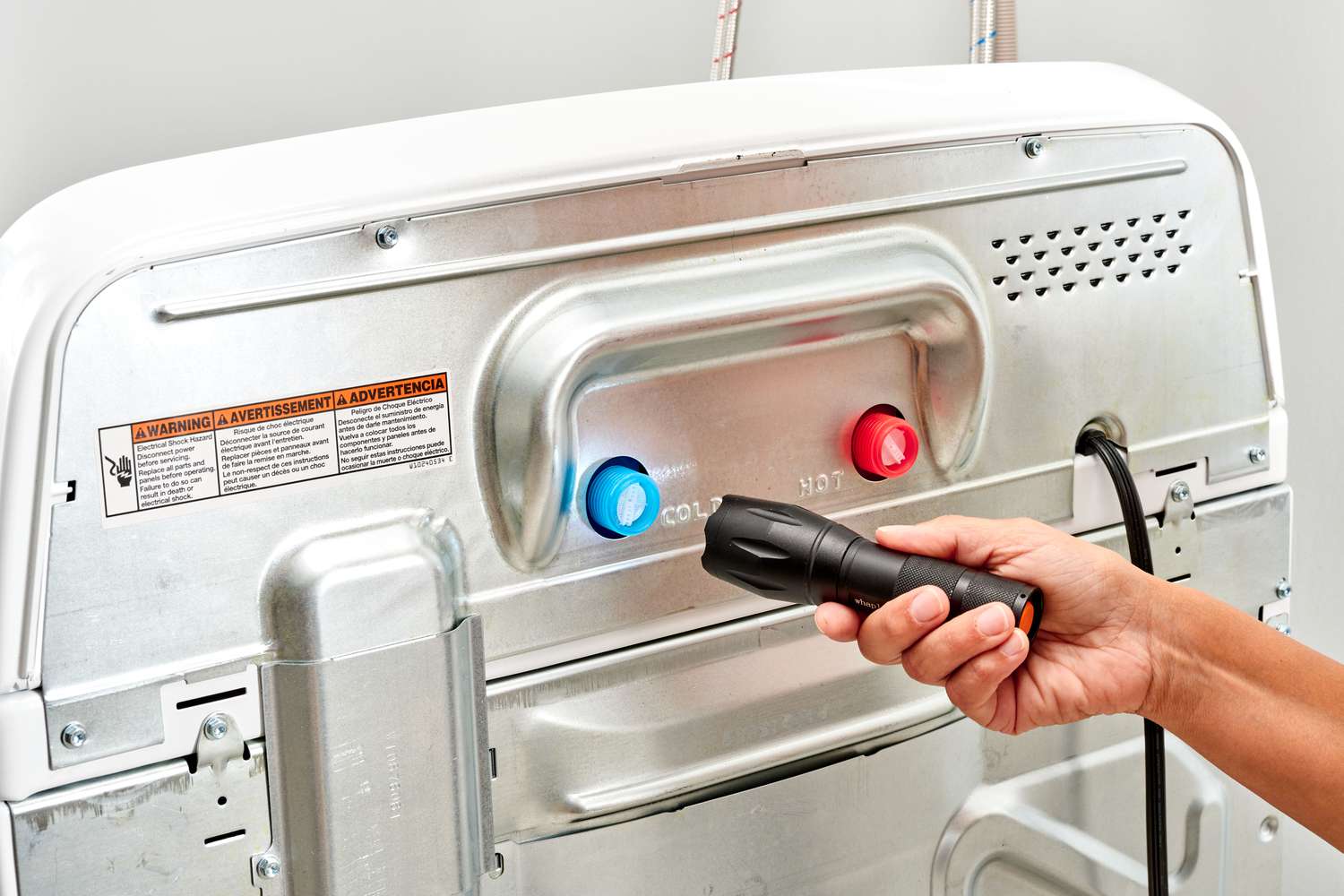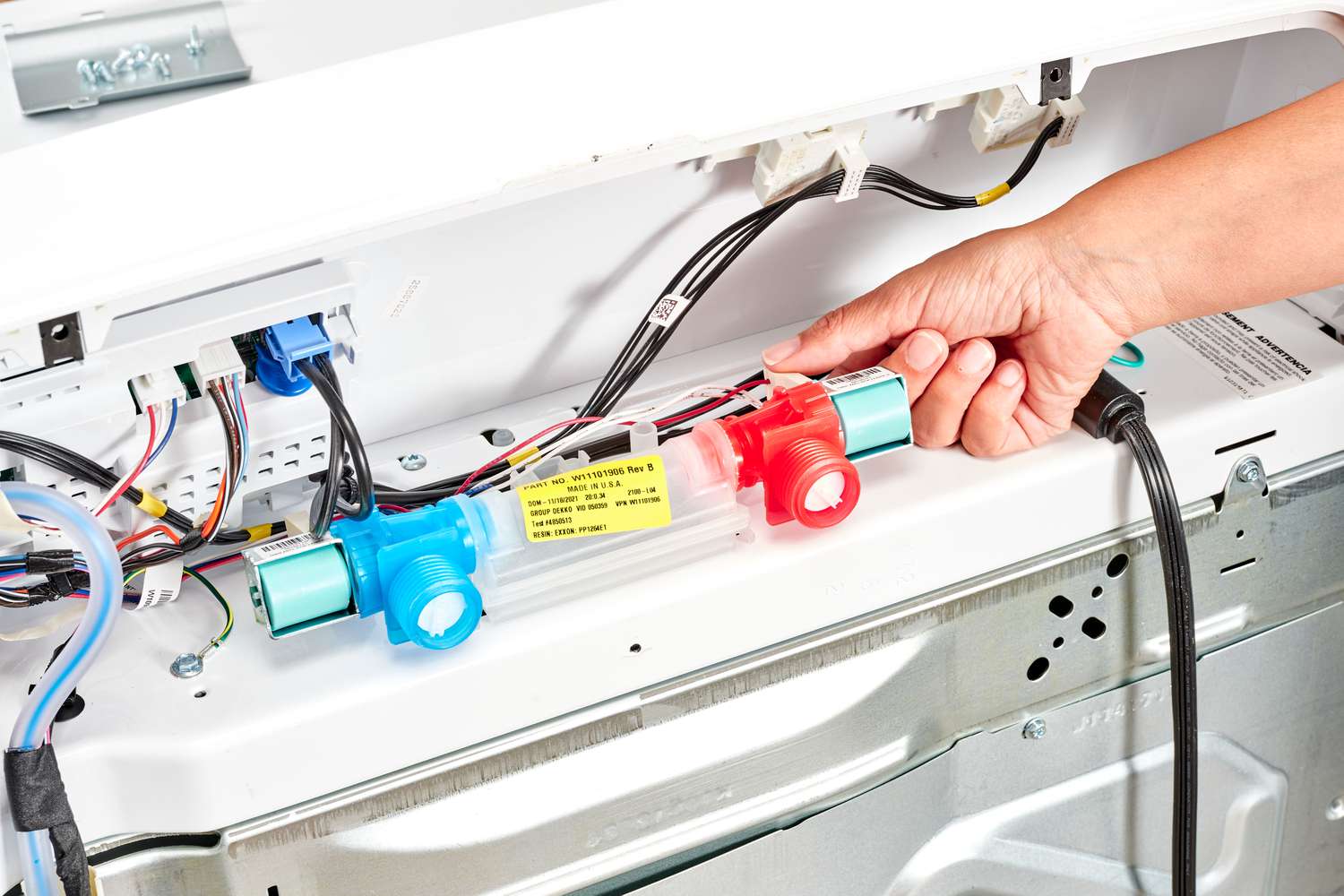Introduction Buried deep within the intricate mechanisms of your washing machine lies a crucial component that plays a pivotal role in its overall performance – the water inlet valve. This unassuming device is responsible for regulating the flow of water into the machine, ensuring the proper fill levels and temperature for each wash cycle. However, when the water inlet valve malfunctions, it can lead to a host of issues, from poor washing results to potential water damage. In this comprehensive guide, we’ll explore the essential function of the washing machine water inlet valve, the common problems that can arise, and the steps you can take to maintain and troubleshoot this vital piece of equipment.
The Importance of the Water Inlet Valve
The Role of the Inlet Valve
The water inlet valve is the gateway through which water enters your washing machine. This specialized valve controls the flow of both hot and cold water, allowing the machine to accurately fill the tub to the desired level and maintain the appropriate water temperature for each wash cycle.

The Consequences of a Malfunctioning Inlet Valve
When the water inlet valve fails to function properly, it can have a significant impact on the performance and efficiency of your washing machine. A faulty valve may result in incomplete fills, incorrect water temperatures, or even continuous water flow, leading to issues such as poor cleaning results, excessive water usage, and the risk of water damage to your home.
Understanding the Anatomy of the Inlet Valve
The Internal Components
The water inlet valve is typically composed of several key components, including solenoids, diaphragms, and water ports. These elements work together to precisely control the flow and temperature of the water entering the washing machine.
Differences in Valve Designs
While the basic function of the water inlet valve remains consistent across different washing machine models, the specific design and configuration of the valve can vary. Some machines may feature a single, dual-function valve, while others may have separate valves for hot and cold water.

Common Water Inlet Valve Problems
Improper Water Flow
One of the most common issues with the water inlet valve is a problem with the water flow. This can manifest as either insufficient water entering the machine, leading to incomplete fills, or excessive water flow, potentially causing overfilling and water leaks.
Temperature Regulation Failures
In addition to flow rate issues, the water inlet valve is also responsible for maintaining the correct water temperature for each wash cycle. Malfunctions in this area can result in the machine failing to reach the desired temperature, leading to suboptimal cleaning performance.
Identifying Water Inlet Valve Failures
Visual Inspection
One of the first steps in diagnosing a problem with the water inlet valve is a thorough visual inspection. Look for any signs of damage, such as cracks, leaks, or excessive corrosion, that may be impacting the valve’s ability to function properly.
Testing the Valve
If a visual inspection doesn’t reveal the root cause of the issue, you may need to perform a more in-depth test of the water inlet valve. This can involve using a multimeter to check for electrical continuity or manually manipulating the valve to ensure it is opening and closing correctly.

Replacing the Water Inlet Valve
Determining the Need for Replacement
In some cases, the only solution to a malfunctioning water inlet valve is to replace the entire component. This may be necessary if the valve is irreparably damaged or if the problems persist despite attempts at troubleshooting and repair.
The Replacement Process
Replacing the water inlet valve can be a straightforward process, but it’s important to follow the manufacturer’s instructions carefully and take appropriate safety precautions. Ensure that you have the correct replacement part for your specific washing machine model and disconnect the water and power sources before beginning the replacement.
Preventative Maintenance and Care
Cleaning and Inspection
Regular cleaning and inspection of the water inlet valve can help prolong its lifespan and prevent future problems. Use a soft-bristled brush or a mild cleaning solution to remove any debris or mineral buildup that may be interfering with the valve’s operation.
Avoiding Potential Damage
It’s also essential to protect the water inlet valve from external factors that could lead to premature failure. This includes safeguarding the valve from excessive water pressure, temperature extremes, and any physical impacts or vibrations that may occur during the washing machine’s operation.
The Importance of Professional Assistance
Seeking Expert Guidance
While some basic troubleshooting and replacement of the water inlet valve can be undertaken by the DIY-inclined homeowner, certain situations may warrant the expertise of a professional appliance repair technician. This is especially true if you’re unsure about the specific cause of the problem or if you’re uncomfortable performing complex repairs on your washing machine.

Ensuring Proper Installation and Compliance
In addition to their technical expertise, professional repair technicians can also ensure that the replacement of the water inlet valve is carried out in accordance with the manufacturer’s instructions and any relevant safety or building codes. This can help prevent future issues and maintain the integrity of your washing machine’s overall performance.
The Long-Term Benefits of a Properly Functioning Inlet Valve
Improved Energy and Water Efficiency
A well-functioning water inlet valve plays a crucial role in the efficient operation of your washing machine. By precisely controlling the flow and temperature of the water, a properly working valve can help reduce energy and water consumption, leading to cost savings on your utility bills.
Extending the Lifespan of Your Washing Machine
Maintaining the integrity of the water inlet valve can also contribute to the overall longevity of your washing machine. By preventing issues like water damage, premature wear, and mechanical failures, you can enjoy a longer, trouble-free service life from your beloved laundry appliance.

Conclusion
The water inlet valve is a small but vital component of your washing machine, responsible for regulating the critical flow and temperature of the water that powers the cleaning process. By understanding the importance of this component, recognizing the common problems that can arise, and taking proactive steps to maintain and troubleshoot the inlet valve, you can ensure the continued reliable performance of your washing machine. Remember, addressing issues with the water inlet valve is not just about fixing a single part – it’s about preserving the overall health and longevity of your laundry appliance, and ultimately, safeguarding your home from the potential consequences of a malfunctioning washing machine. Embrace the power of the water inlet valve, and let it be the foundation for a worry-free, efficient, and long-lasting laundry experience.

